This is how Japandi design can bring
comfort and simplicity to your home
You may also think that there is nothing in common between Japan and Scandinavia, but in terms of interior design and in design they are much more similar than we would have imagined. You are probably already familiar withhygge and wabi-sabi,but have you heard of this new trend that has invaded the web? Here we are going to decipher this trend that is panicking Pinterest and Instagram. I strongly advise you to read this article if you too are tired of the Scandinavian trendwhich has filled decoration stores and our social networks for many years. Want quietude and serenity? After reading this article, you will definitely adopt this new style with a strange name.
Our small wooden animal figurines are particularly suitable for Japanese interiors.
What is Japandi design?
THE Japandi is an interior design style that comes from a magical wedding bringing together the best from both sides of the globe, between style Scandinavian and Japanese . The fusion is soothing, with an interest common for minimalism, simplicity and nature . The Scandinavian style brings simplicity to the J apandi through confident, refined comfort and Scandinavian functionality . Japanese style brings has him his taste for minimalism, calm and elegance.
These two styles are simply made to go together, they create a feeling of art, nature and simplicity.
This fusion creates the perfect blend of function and form, focusing on clean lines, bright spaces and light colors.
What do Japanese and Scandinavian design have in common?
When I first discovered the Japandi style, I thought, sure, these two styles come together in so many ways!
Already, any fan of decorative trends will have undoubtedly noticed, the aesthetic of each of these two trends is centered on an idea of simplicity, with an emphasis on the elements natural and comfort. It is thanks to these similarities that more and more interior designers combine these two styles in the same set. Besides, that's what has gave birth to this new style.
How do Japanese and Scandinavian styles work together?
If you are familiar with Scandinavian design, you have surely encountered the notion of "Hygge". It is the Scandinavian concept ofcoziness and homeynessin design, and has found increasing popularity in the United States in recent years. Basically, your home should be your sanctuary and provide you with a feeling of comfort every time you walk through the front door. Pair this idea with the Japanese notion of "wabi-sabi", or the idea that there is beauty in imperfection, and you have the design marriage that is Japandi. Japanese and Scandinavian design styles work so well together because they are both rooted in minimalism and comfort. The shared aesthetic of the two combines to create a style that is both easy-going and sophisticated.
They are characterized byminimalism and aesthetic simplicity.They emphasize functionality and optimal use of space, with furniture designed so that it can be stored and hidden when they are not used. Both styles also place great importance on natural materials, such as wood and bamboo, which bring a touch of warmth and comfort to the interior. They also favor neutral colors, such as white, gray and beige, which are believed to promote relaxation and relaxation.
And where the two approaches diverge, their differences in fact complement each other. While Japanese interiors are sleek, Nordic interiors are rustic. The richer (but still neutral) colors of Japanese design help keep the stark, clean palettes of Scandinavian homes from feeling cold. In short, Japanese design and Scandinavian design share many similarities, particularly with regard to their minimalist and refined aesthetic, their use of natural materials and their taste for neutral colors. These similarities are reflected in the Japandi style, which brings together the best of both styles to create a calming and harmonious environment.
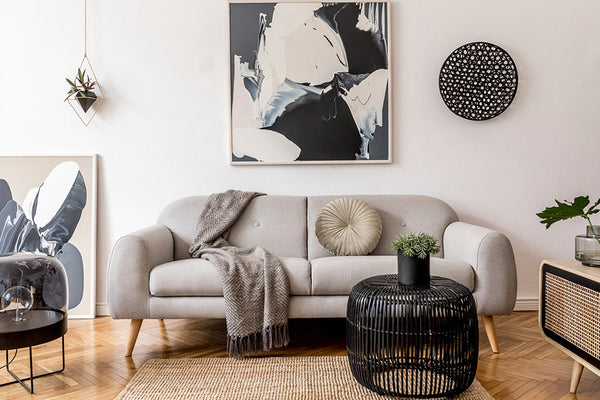
What are the elements that characterize Japandi?
The key elements of Japandi:
- Clean lines.
- Functional and minimal furniture.
- Uncluttered space.
- Natural materials.
- Combination of contrasting colors such as pearl gray, sky blue, natural wood in dark and light shades, a touch of black, pale pink and white.
- Functional accessories.
The materials of a Japandi interior
Expect to find a plethora of natural materials, muted colors, clean lines and minimal, but well-chosen furnishings. Japandi design isn't stripped down, it's intentional.
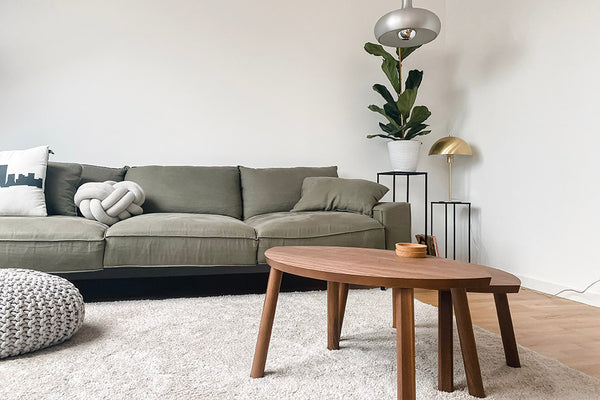
The importance of craftsmanship
Craftsmanship plays an important role in Japandi style, as it brings a touch of authenticity and culture to the interior.Japandi design is influenced by Japanese craft traditions, such as tatami, shojis and futons, which bring a touch of character and history to the interior. By using these artisanal elements in Japandi design, we can create an authentic and cultural interior, while respecting the principles of minimalism and functionality specific to this style. Japanese craftsmanship also brings a touch of originality and singularity to the interior, which allows you to stand out and create a unique and personal environment.
Since Japanese design focuses on craftsmanship, it is not intended to be disposable. Look for pieces that will stand the test of time and fit into your decor for years to come. It’s a clear antidote to the single-use culture we’ve adopted for so long. Instead, choose durable items that are safe for our planet. If you are interested in Japanese crafts, we have an article specially dedicated to this art.
Discover the superb selection of Boutique placemats to decorate your table and your kitchen with the aim of https://set-de-table-boutique.com/
Sustainability
Additionally, Japandi styles often emphasize sustainability. The predominance of natural materials and simple designs makes this an excellent eco-friendly decorating style. As more consumers seek an eco-friendly aesthetic, the popularity of Japandi style comes as no surprise.
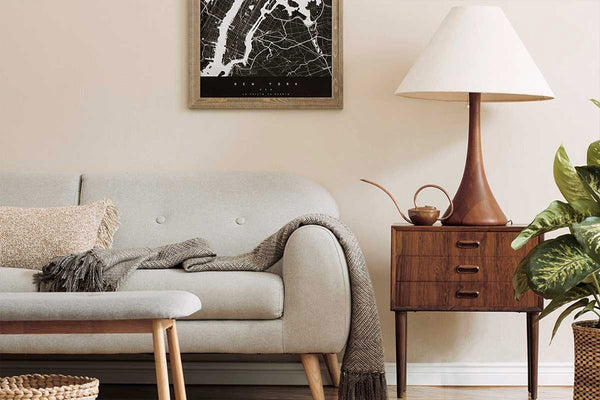
The colors
You'll also see plenty of neutral colors and paint choices to complement Japanese furniture and accessories. Calm, tranquil and peaceful palettes are generally chosen, and when brighter colors are incorporated, they are done so in a meaningful and subtle way. The primary color is considered white, diluted with warm shades. Love for deep, rich colors characterizes classic Japanese, but cold tones: sea wave, turquoise, indigo. Their Japanese-style combination gave rise to a passion for complex colors: muted, dirty, but warm.
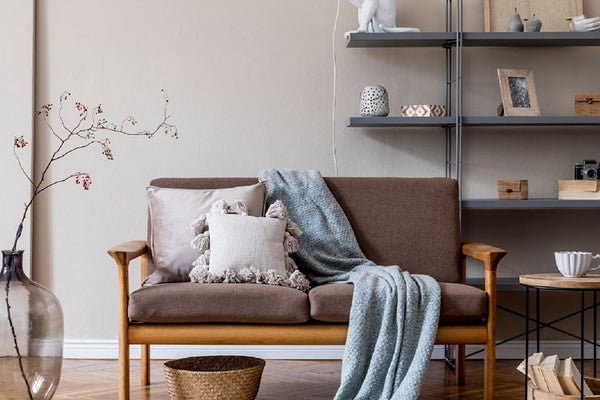
The basis of the palette is considered neutral: gray, beige, brown, although white is still found in the "transitional" stages. Also, they use cold tones of blue, green, pink. An important nuance of Japanese-style interior design iscreating contrasts. Light walls + dark floor, dark walls + light furniture, light background + black accents.
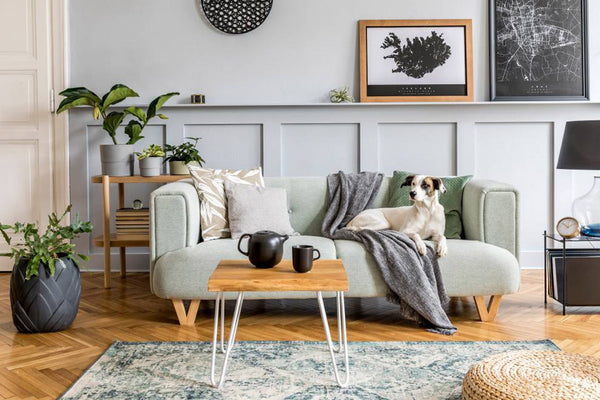
Minimalism rhymes with Japandi
Let's forget about useless objects that do not bring us value, they are superfluous and clutter our field of vision, preventing us from concentrating on what is essential. These two movements share this common point which is the strength of the Japandi decoration genre: minimalism . On the other hand, minimalism does not mean throwing away all these trinkets and live in empty rooms! The goal is to create an environment where you feel good. Spaces that inspire you with calm and serenity.
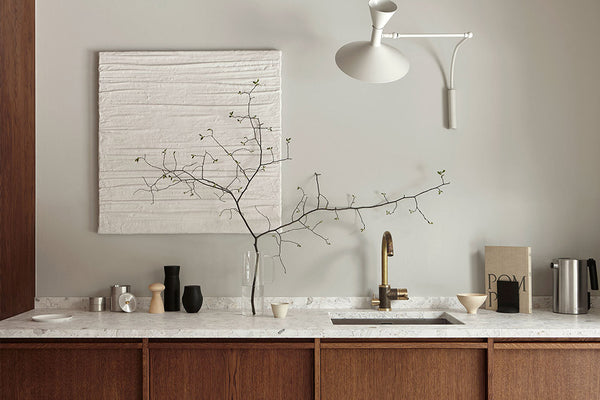
How can I decorate in Japanese style?
If you're a fan of minimalism and "Hygge", chances are you've already started experimenting with Japandi style. To really play with this look, focus on natural materials like unfinished wood or bamboo pieces that bring the feeling of nature and simplistic beauty. Use muted colors with pops of pale green or introduce plants and greenery into your home to give it a sense of outdoor living.
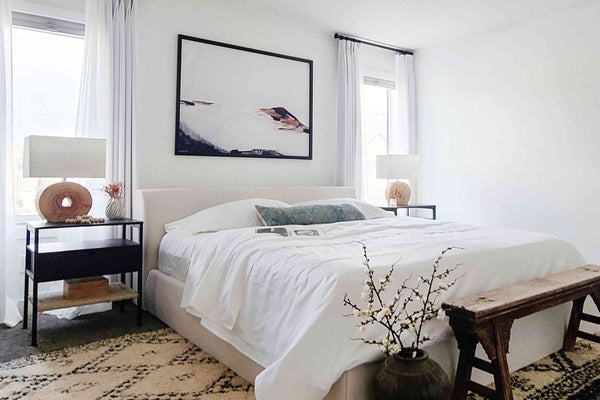
Reducing clutter is also key to achieving Japandi style. This aesthetic emphasizes clean lines and open spaces. But if you have a busy household and are struggling to find that minimalist look, we recommend trying "faux minimalism" with natural containers like boxes and baskets, built-ins or screens to hide items. unnecessary items and keep your space clutter-free. To get the best of both worlds, take inspiration from the comfort of Scandinavian design with warm textures and soft pieces while retaining the elegance of Japanese decor. Although both styles emphasize utility, it's important to maintain a sense of Zen calm in your space. Although Japanese and Scandinavian decor are not new, the combination of the two will certainly be a growing trend in the coming years.
If you have come this far, it is because you too are a fan of design and beautiful spaces. We highly recommend that you take a look at our friends at homelisty to see more about interior design. Our collection of Pole Pole wooden figurines was created in Japan and is the perfect synthesis of the Japandi style. Durable, ecological and artisanal, they will bring calm to your home.

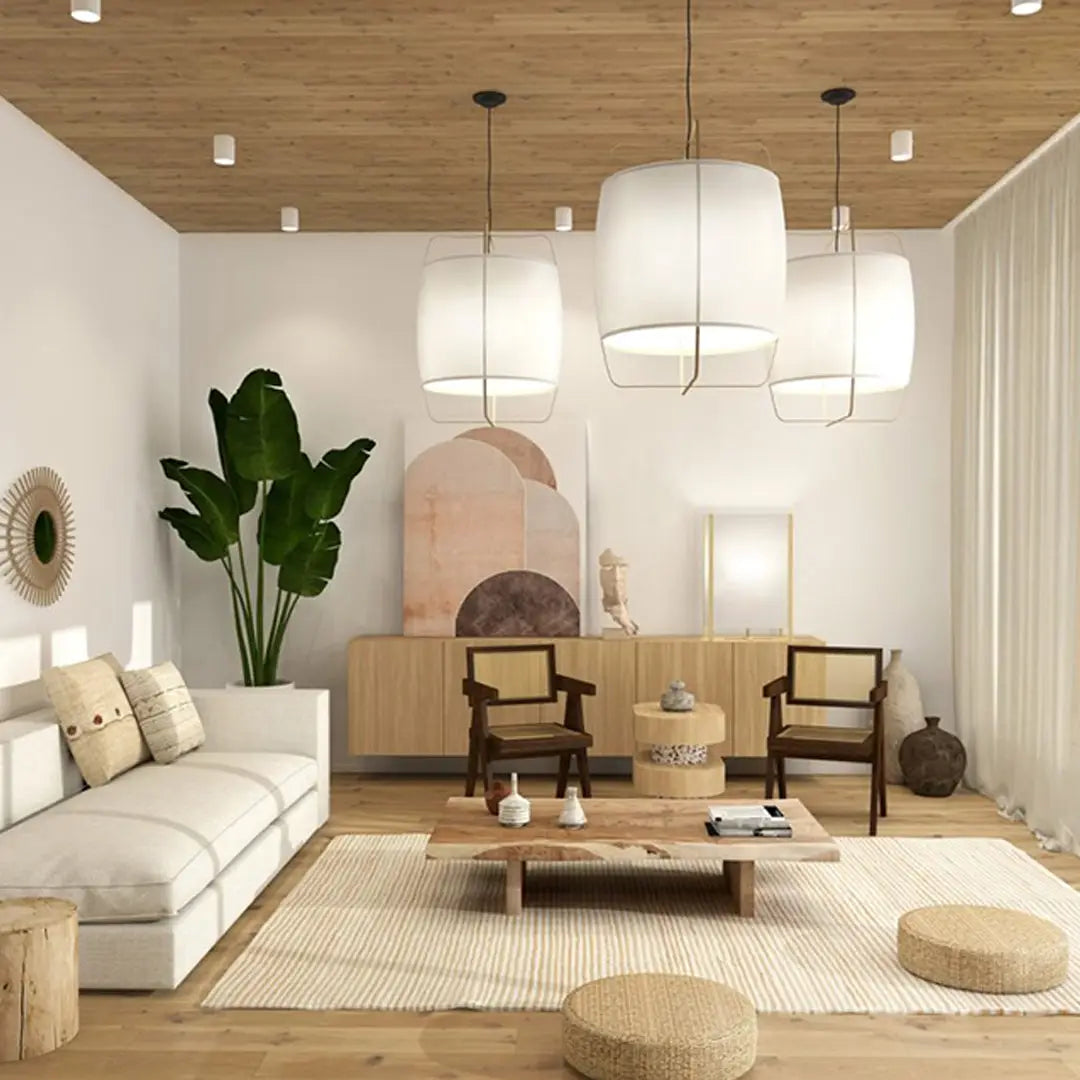
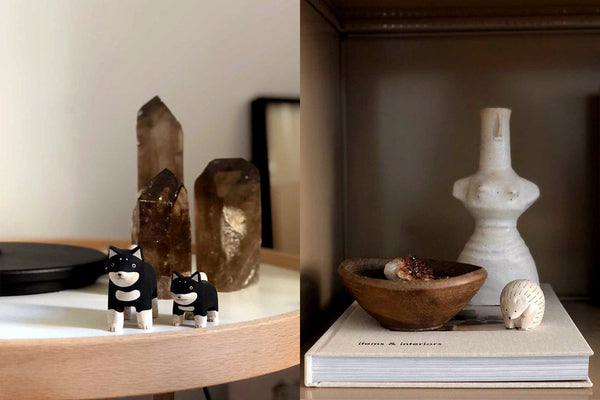
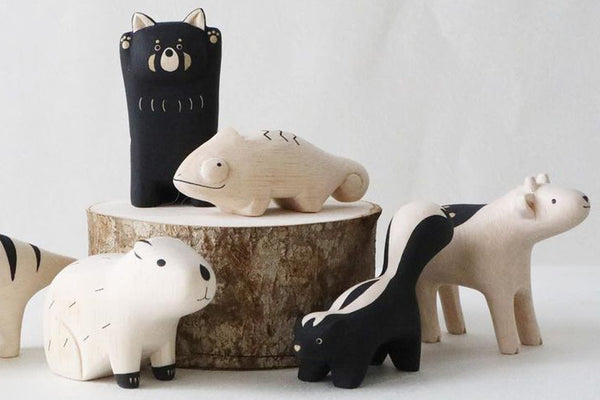
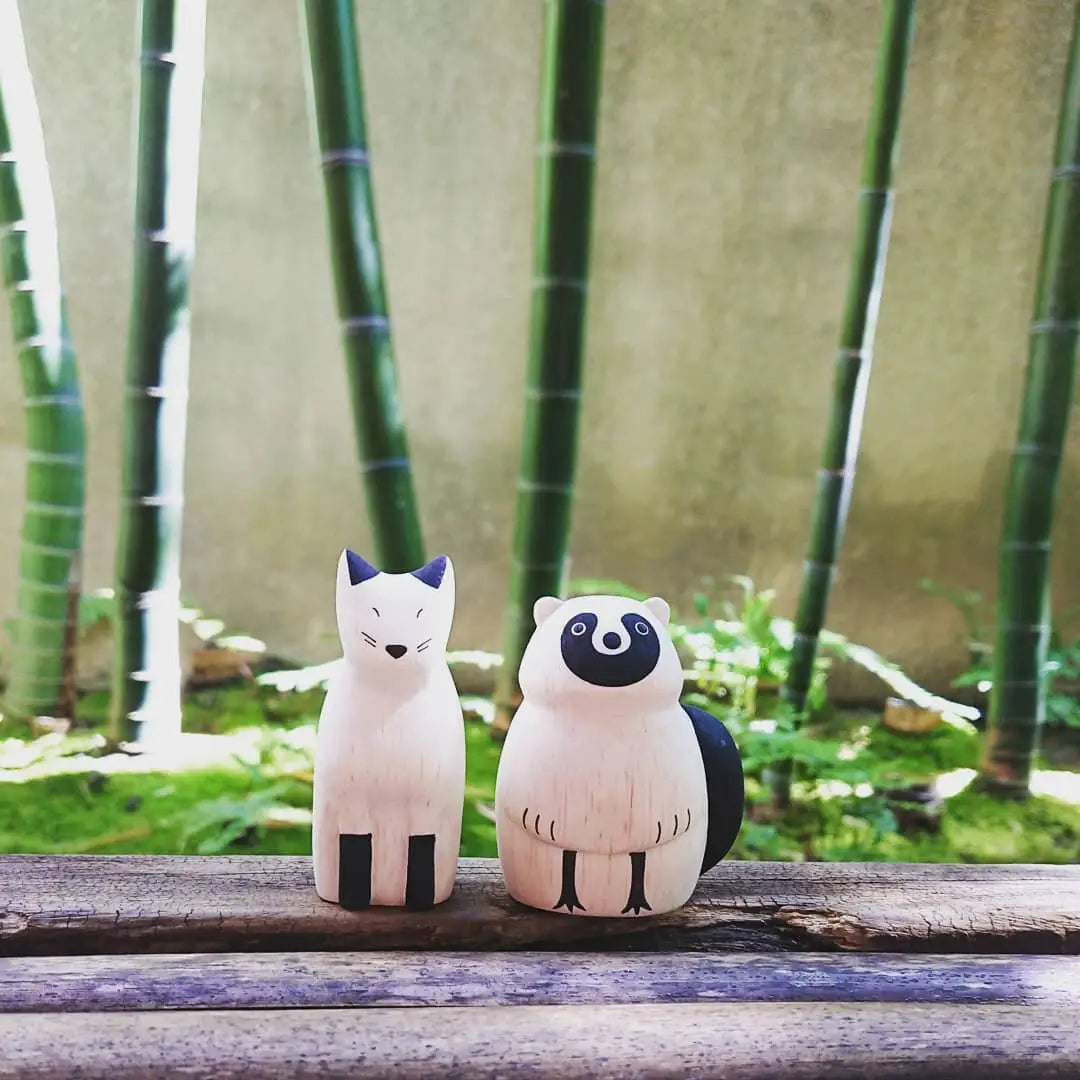

Leave a comment
All comments are moderated before being published.
This site is protected by hCaptcha and the hCaptcha Privacy Policy and Terms of Service apply.